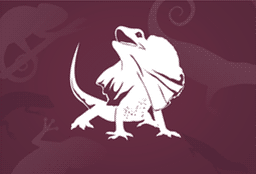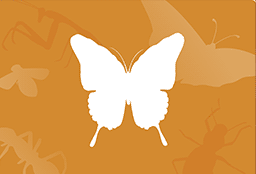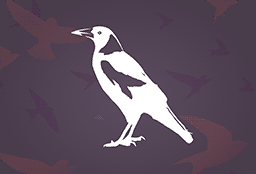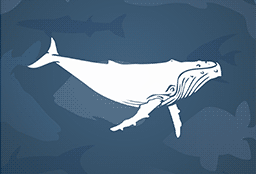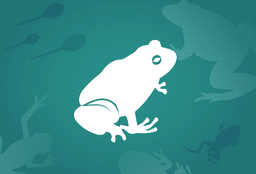Species
Climate change is affecting rainfall and temperature across Australia, and is consequently triggering changes in the established flowering times, breeding cycles and migration movements and other phenological changes. Essentially ClimateWatch is based on phenology, the study of periodic plant and animal life cycle events and how these are influenced by seasonal and interannual variations in climate. Examples include bird nesting, insect hatching, plant flowering and fruit ripening. Many studies have already provided insight into the relationship between climate variables, such as temperature and rainfall, to the timing of these phenophases.
ClimateWatch has selected around 180 indicator species that are likely to be affected by the Climate crisis and we need your help to monitor them.



